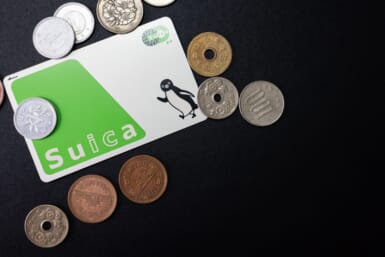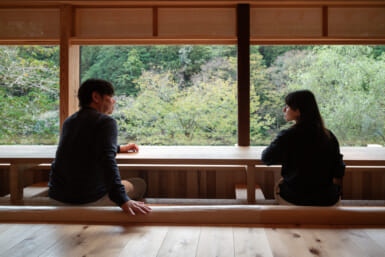You remember sumo. It was an endeavor involving big fat guys, ah, actually massive mounds of mightily muscled men, slamming into each other for the good of the soul. And for prize money.
It was more than a mere sport — it was a sacred ritual with religious underpinnings reflecting traditional core values of the nation. Plus it was an excellent excuse for big fat guys to feel good about themselves.
I tried to explain sumo to a pal in the States after watching it for the first time during a visit to Japan 41 years ago.
“You see, these big fat, er, heavily muscled, ah, fat guys get down in a crouch, then slam head-on into each other.”
“Like linemen in football,” said my friend. “Do they have faceguards on their helmets?”
“No helmets,” I explained. “In tact, no clothes.”
“You’re shittin’ me, right?” My pal was a New Yorker.
I then explained all the things you would explain — the mawashi and the thin ribbon between the legs, the stomping and the salt, and the fact that most bouts are over in eight or nine seconds.
“And people pay good money to see these things?” he asked.
After I confirmed that, my friend thought about it for awhile, then ordered another round of drinks.
“The Japanese just went up a notch in my evaluation,” he said. “When all is said and done, and the votes are counted, they’re as nuts as anybody.”
Today it would be rare to find someone like my friend from 41 years ago. Everyone knows about sumo. It has impressed itself on the consciousness of people around the world. Sumotori have traveled widely, and there are now wrestling clubs on all five continents.
People from those five continents, not just people from Polynesia, are beginning to show up in Japan looking for a career in the sport. It’s internationalism. Whoopie. lust what everyone wants.
Well, I am not certain sumo has benefited particularly by internationalism. I still cheer for any and all foreigners fighting over here — the current Grand Champion is from Mongolia, and that makes the two of us gaijin — but I don’t see what he or any foreigner brings to the table besides girth and different colored skin.
Sumo wrestling is not exactly a skill sport such as baseball where international techniques and approaches to the game are invaluable.
The problem, I’m afraid, is that Japanese are rapidly losing interest in sumo. For the first time in 41 years (to pick a number), there are empty seats for most matches in most venues.
An uncomfortable fact is that there hasn’t been an effective Japanese yokozuna for three years (at least a year before an injured Wakanohana retired). All the effective yokozuna during that time were “international.”
I began following sumo seriously when I first moved here 25 years ago. Down through the years there were outstanding wrestlers — Takanohana I (father of the last Japanese Grand Champions, Wakanohana and Takanohana), Wajima, Kitanoumi and Chiyonofuji to name a few.
There were also colorful wrestlers down the ranks who had great coteries of fans — enthusiastic people such as the ones who now cheer for Takamisakari’s pre-fight antics.
Maybe it was the golden age of sumo. Up until the end of last century, sumo was everywhere. TV sets in public places were always tuned to it. The matches were broadcast twice a day. I almost never met a Japanese who didn’t know what the result of matches were on any given day.
I am not blaming “internationalism” exactly, but the sumo of old seems to be diminishing in daily relevance. Maybe the sacred rituals, the religious underpinnings and traditional core values of the nation have changed — and sumo is just following along down the path.
Too bad.









